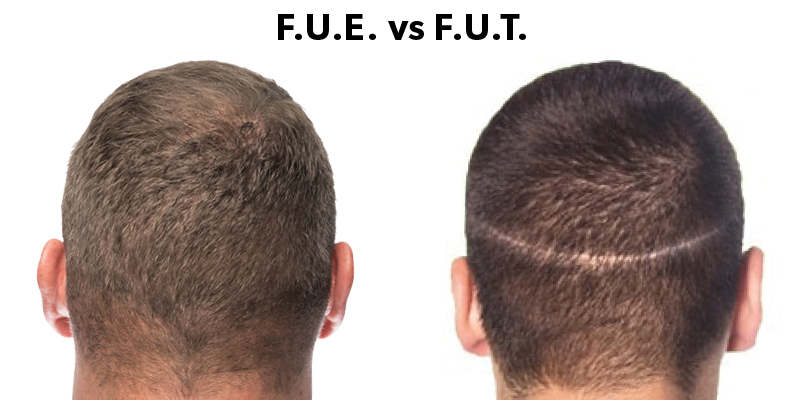FUT Hair Transplant Method
FUT (Follicular Unit Transplantation) affects up to 85% of men and 40% of women who experience hair loss. FUT and other hair transplants are minimally invasive surgeries that help cover bald spots caused by hair loss. Currently, there are two main types of hair transplants: FUT and FIT.

How is FUT performed? During FUT, a surgeon cuts a strip of skin from your scalp, usually from the back of your head. The exact size of the strip depends on the number of follicles needed to cover the bald spots. The width of the strip typically doesn't exceed 1 to 1.5 centimeters (0.4 to 0.6 inches). Once the follicles are removed from the strip, they are reinserted into your scalp.
Steps Involved in FUT:
- Hair transplant surgeries take 4 to 8 hours, and FUT surgery is generally faster than FIT.
- Most individuals are given local anesthesia to numb their scalp during the surgery.
- The surgeon maps out your hairline, determines the hair extraction area, and takes photos for your medical record.
- The donor area hair, where your hair is taken from, is trimmed to about two millimeters.
- The surgeon cuts the skin strip with hair follicles to be used as grafts.
- A technician separates each hair follicle from the strip and prepares them for transplantation.
- The surgeon stitches your scalp.
- Hair follicles are transplanted into the bald areas of your scalp in a natural pattern.
- You will be given antibiotics and your head will be bandaged after the surgery.
- Most people see results from the surgery within 6 to 9 months. Some individuals may need to wait a year to see the final result.
Advantages of FUT:
This method is suitable for those who do not have enough time for multiple sessions, as the entire hair transplant can be completed in one session.
Individuals who do not want to cut their hair short can easily undergo a hair transplant with this method.
Disadvantages of FUT:
This method requires more time to heal the donor area, and more post-operative care is necessary.